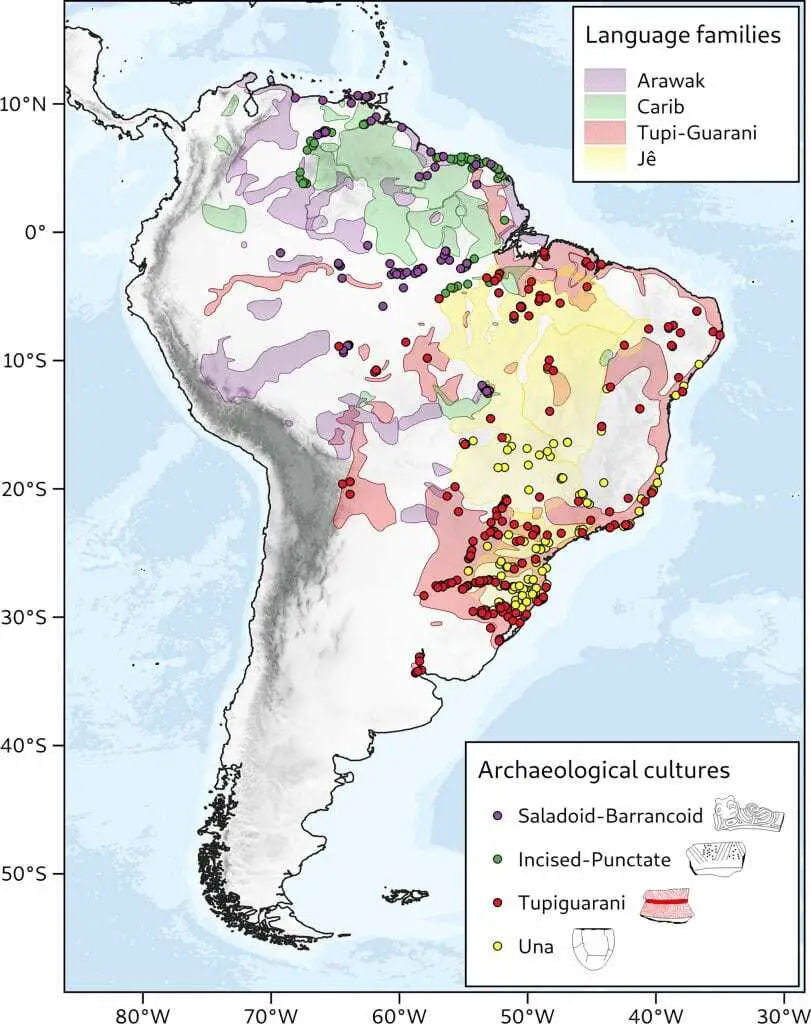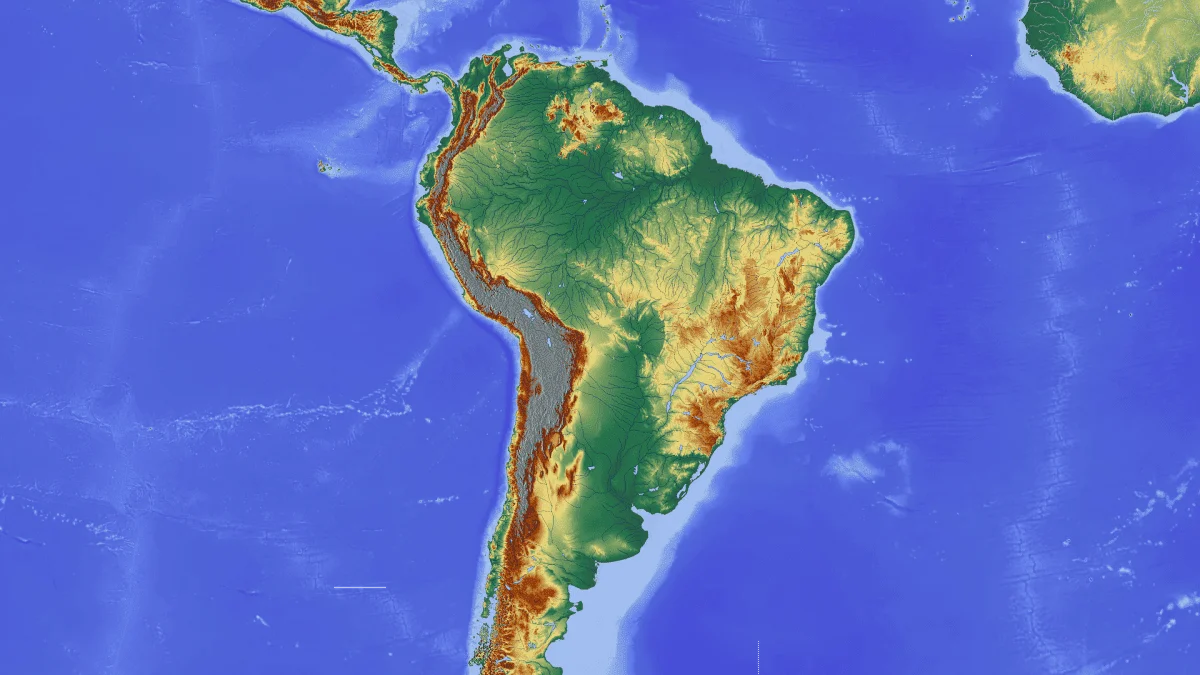Expansions by groups of humans were common during prehistoric times, after the adoption of agriculture.
Among other factors, this is due to population growth of farmers which was greater than of that hunter-gatherers. We can find one example of this during the Neolithic period, when farming was introduced to Europe by migrations from the Middle East.
However, in South America, it was not clear whether the same would have occurred as it was argued that no cultural group had expanded across such long distances as in Europe or Asia. In addition, it was believed that the type of agriculture practised by pre-Columbian peoples in the Amazon would not allow them to expand at the same rate.
Research conducted by three members of the Culture and Socio-Ecological Dynamics Research Group (CaSEs) at the UPF Department of Humanities shows that expansions by some archaeological cultures in South America can be simulated by computer through population growth and migration in the same way as the Neolithic in Europe. This is the case of so-called Saladoid-Barrancoid culture, which spread from the Orinoco to various parts of Amazonia, even reaching the Caribbean.
The article, published on 27 April in the journal PLOS ONE, involved Jonas Gregorio de Souza, a Marie Curie researcher, as first author, together with Jonas Alcaina Mateos, a predoctoral researcher, and Marco Madella, UPF-ICREA research professor and director of the CaSEs Research Group.

“The use of computer simulations to test human migrations in prehistoric times is an approach that has proved productive in other continents, but had not been applied to the area of the tropics of South America. We have shown that some cultural expansions that have taken place from Amazonia may be the result of similar demographic processes to the Neolithic in Eurasia”, says Jonas Gregorio de Souza.
A computational model to simulate the expansions of four archaeological cultures
The article uses a computational approach to simulate human expansions in prehistory. “We use parameters derived from the ethnography of farmers in the Amazon to simulate the rate of population growth, the fission of villages, how far and how often they moved”, the authors state. Based on these parameters, they created a computer model to simulate expansions from different points and dates and compare the results with archaeological data.
The researchers used radiocarbon dates from different archaeological cultures over a large area of territory in the last 5,000 years, which were compared with the prediction of the model, to assess whether their rate of territorial expansion could be explained as being a demographic phenomenon (rather than another type, such as cultural diffusion).
The four archaeological cultures or traditions analysed were the Saladoid-Barrancoid, the Arauquinoid, the Tupiguarani, and the (closely related) Una, Itararé and Aratu traditions. In most regions where they settled, these cultures introduced the cultivation of domesticated plants, marked the transition towards more permanent settlements, and spread an economic model called “polycultureagroforestry”.
However, the authors warn that some expansions could not be predicted by the simulations, suggesting that they were caused by other factors: “Although some archaeological expansions can be predicted, by the simulations, as demographic processes, others are not easily explained in the same way. This is possibly due to different processes that drive their dispersal, such as cultural diffusion, or because the archaeological data are inconclusive or sparse”, they conclude.
UNIVERSITAT POMPEU FABRA – BARCELONA





